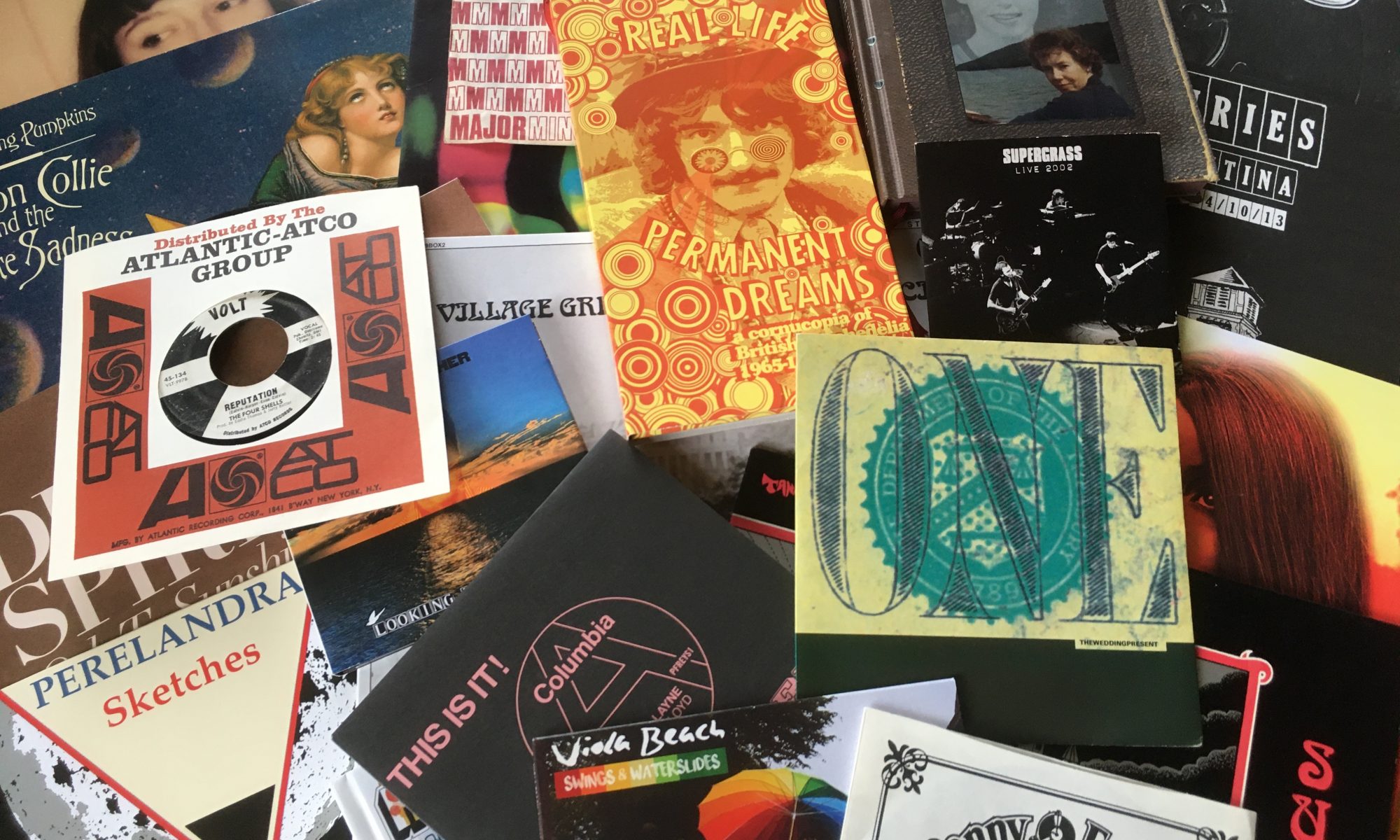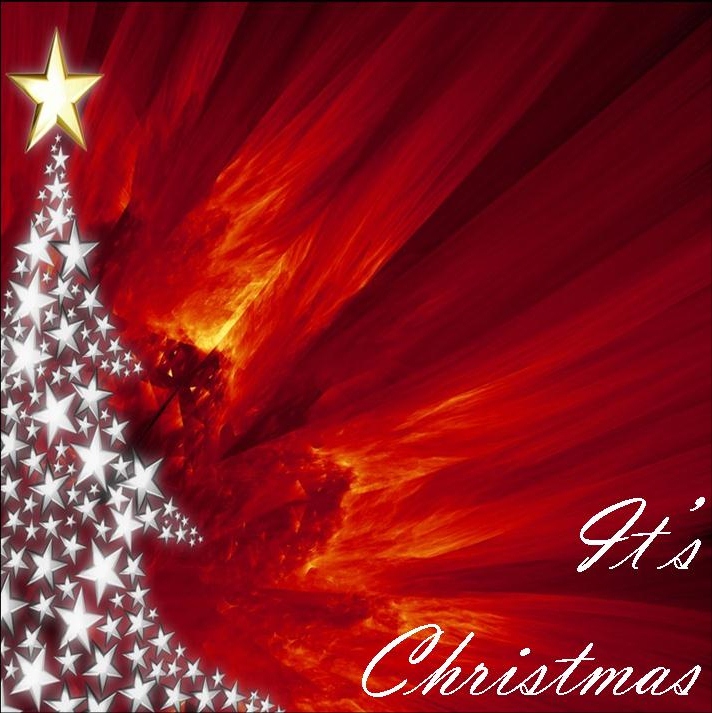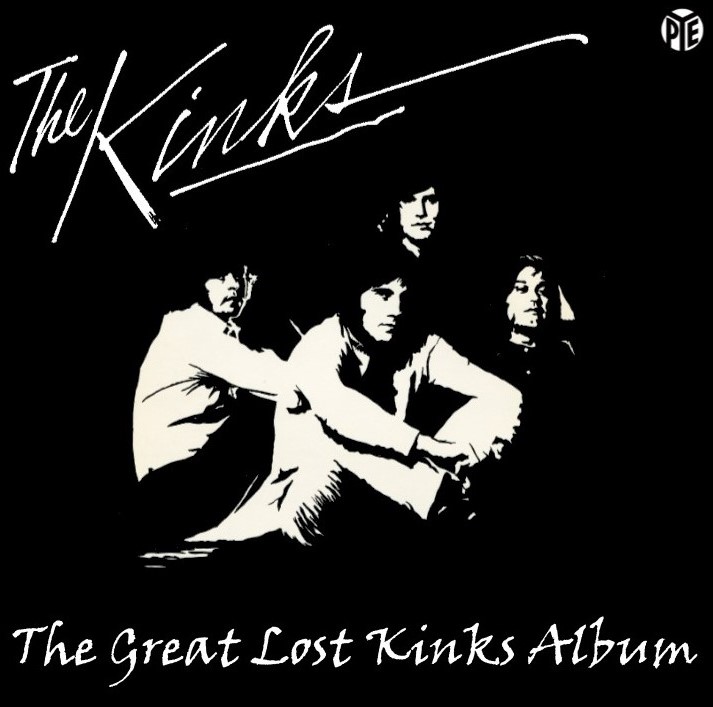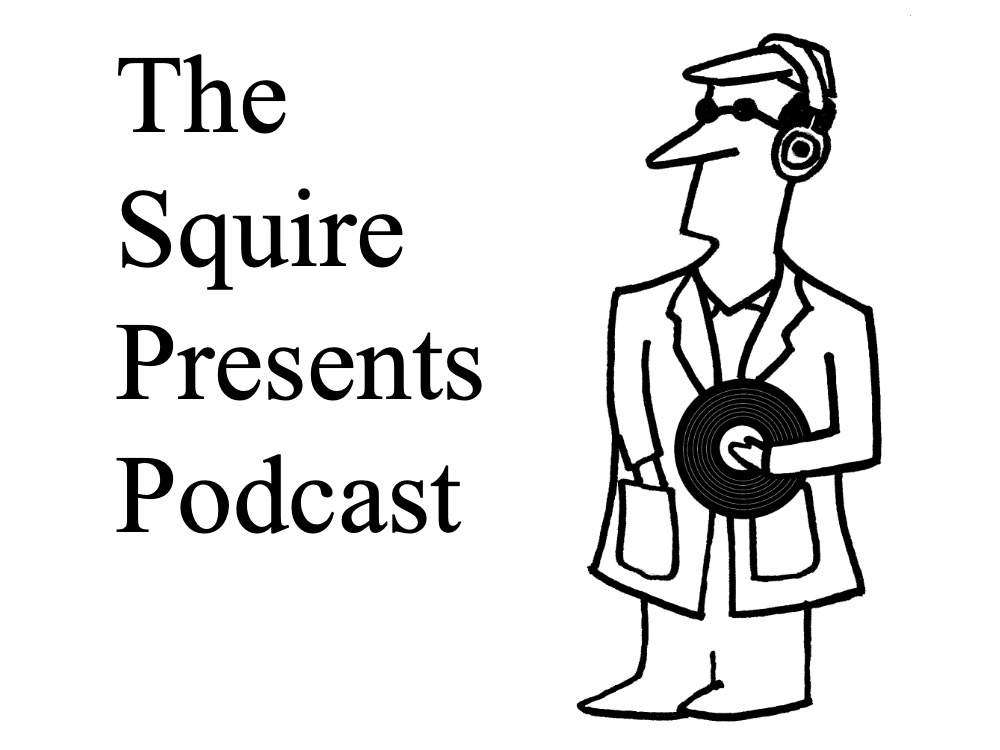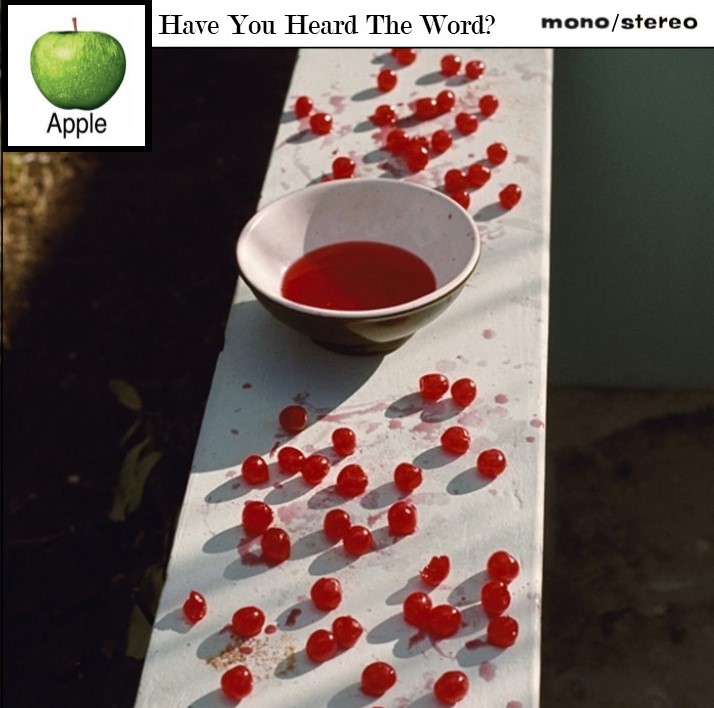
Here is the second part of an alternative history where The Beatles did not break up in 1970. Not wanting to repeat the mistake of the ‘White Album’ by going back to recording too soon after releasing a double album, The Beatles decide to take a break from recording and recharge their batteries, spend some time with their respective families and work on some new material. It is agreed that they will meet up again in June. However, these plans need to be changed earlier than expected due to the fact that some of the outtakes from the ‘Imagine’ sessions have been released as a bootleg. The record is called ‘Imagination’ and contains rough mixes of ten songs that had not been officially released.
Imagination Bootleg
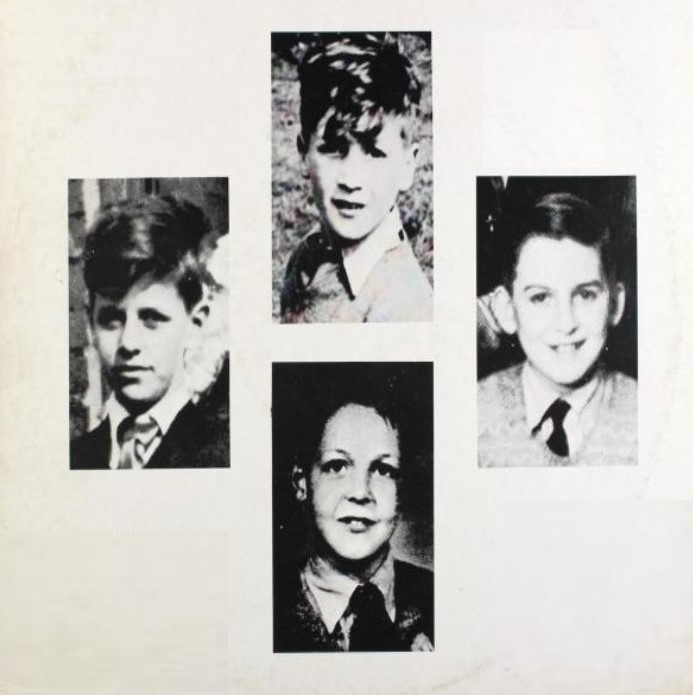
Side A
- What Is Life
- I Found Out
- Isn’t It A Pity (Version One)
- God
- Art Of Dying
Side B
- How?
- Gimme Some Truth
- Isolation
- Crippled Inside
- Long Haired Lady
No one is sure how these rough mixes made it out of the studio but suspicion falls on Ringo Starr who has been known to give friends such as Peter Sellers tapes of Beatles songs in the past. However, the band are in no mood to let the bootleggers make money off of their product so meet in the spring, listen back to the tapes and come up with another record to release as soon as possible. What the ‘Imagination’ bootleg shows is the dearth of McCartney material that was recorded due to the writers block that he had been suffering from at the start of the sessions. Since then, he had been writing constantly and says that if they use some of these newly minted tracks, they will have enough material for another double album judging by the quality of songs Harrison and Lennon left in the can. This would mean the fans that bought the bootleg would be happy as they will have more new material and won’t feel cheated for buying the same songs twice. The album could be ready by the end of the summer and there is enough quality material for a couple of singles to boot.
When Starr says that having a second double album out after such a short space of time might rip off or at least annoy some fans, Lennon says ”It doesn’t seem to have hurt that band Chicago” and the matter is dropped. For an album that is mostly made up of outtakes from sessions to the ‘Imagine’ album, Lennon jokes that they should call it ‘Scraping the Barrel’. Feeling that this will be a bit close to the bone, it is agreed that the title should be called ‘Have You Heard The Word’.
Phil Spector is brought back in to oversee the mixing of the old material and the production of the new songs. The band agree that as he was the producer on the ‘Imagine’ album, the sound needs to be constant throughout. The first single release comes out in March and is Lennon’s ‘It’s So Hard’ backed with Harrison’s ‘Let it Down’. Neither of these songs were on the ‘Imagination’ bootleg and the single is eagerly snapped up by fans, sending it into the top ten the world over and the press is informed that the parent album will be released in June. The band work feverishly to finish off McCartney’s songs as well as work on Starr’s ‘Coochy Coochy’ before the deadline.
Harrison has the busiest schedule of any of the band and once the sessions are over, he goes off to work with Badfinger on their album ‘Straight Up’. Taking a break from Badfinger just as ‘Have You Heard The Word’ hits the shelves, he starts doing some production for his friend and legendary sitar player Ravi Shankar and the soundtrack for the documentary film, ‘Raga’. It was during work on this album that Shankar tells Harrison about the humanitarian crisis caused by the Bangladesh Liberation War. Shankar wants to put on a charity concert in the hope of raising $25,000 for the cause. Harrison believes that with his involvement, and the possibility that he can convince the other Beatles to perform live at the concert, the amount of money that can be raised would be significantly higher.
Calling Badfinger to say he cannot commit to finishing their album, Harrison contacts the other Beatles about the concert. Even though there is a reluctance to play live (due to amount of time it has been since they have played in front of a paying audience), they agree with the feeling being that they missed out on the late 60s festivals such as Woodstock and Monterrey, and don’t want to miss out here. Harrison then opens up his address book and manages to secure the likes of Bob Dylan, Billy Preston, Leon Russell, Eric Clapton, the whole of Badfinger and the Hollywood Horns. With the concert booked for 1 August, The Beatles arrive in Los Angeles for rehearsals. Harrison has also written a song that he calls ‘Bangla Desh’ and it is recorded at the beginning of July for release before the concert. When news gets out that The Beatles will be performing at the Madison Square Garden venue in New York, demand for tickets is high and the event sells out so quickly that an afternoon show is arranged to maximise receipts as well as to satisfy demand. However, due to the short notice of the concert, Harrison is not able to organise more dates due to Madison Square Garden being fully booked before and afterwards.
The single comes out two days before the concert and is another huge hit all over the world. The concerts raise $243,000 and Harrison retreats back into the studio to mix the concert tapes for a potential release in time for the Christmas market, feeling that if it was left any later, people would forget about the humanitarian crisis and it will not make as much money as he hopes.
After the Concert for Bangladesh, Lennon decides he is going to stay in New York. He wants some time to focus on not being a Beatle in a city he feels comfortable walking around without the hassle he would receive back in the UK. He has also started to become more involved in radical left wing politics and he starts to focus on collaborating with Ono. This leads to the ‘Happy Xmas (War is Over)’ single which the couple decide to release it under their own name. Unfortunately, he is in competition with himself because Apple Records have another ‘Imagine’ outtake on the singles release schedule with his ‘Gimmie Some Truth’.
Lennon says that the message of his Christmas record resonates with the feelings generated by the Bangladesh Concert and says a portion of the profits should go to that charity. Both Lennon’s single and The Beatles release break the UK top ten, but are kept off of the top spot by Benny Hill and his ‘Ernie (The Fastest Milkman in the West)’ novelty single. The live album of the Bangladesh Concert means that at the end of 1971, there is a lot of Beatles related product on the market. However, all of the band members enjoyed playing live together. This is put down to the fact that the audience is older and, therefore, there was not the screaming that was a constant at concerts during the height of Beatlemania. However, it is not only the press who are wondering if this is a one off or will they do more live performances in future.
Side A
- What Is Life – All Things Must Pass
- Crippled Insid – Imagine
- Monkberry Moon Delight – Ram
- Behind That Locked Door – All Things Must Pass
- Isolation – John Lennon/Plastic Ono Band
- Eat At Home – Ram
Side B
- Art Of Dying – All Things Must Pass
- I Found Out – John Lennon/Plastic Ono Band
- Coochy Coochy – Single B-Side
- Long Haired Lady – Ram
- The Lovely Linda (Mono) – McCartney
Side C
- Apple Scruffs – All Things Must Pass
- Oo You – McCartney
- Well Well Well – John Lennon/Plastic Ono Band
- I Dig Love – All Things Must Pass
- God – John Lennon/Plastic Ono Band
Side D
- If Not For You – All Things Must Pass
- How? – Imagine
- Run Of The Mill – All Things Must Pass
- Hear Me Lord – All Things Must Pass
- The Back Seat Of My Car – Ram
Singles
- It’s So Hard – Imagine
- Let It Down – All Things Must Pass
- Bangla Desh – Single A-Side
- Isn’t A Pity (Version 1) – All Things Must Pass
- Gimmie Some Truth – Imagine
- Man We Was Lonely – McCartney
What surprised me when I was listening to The Beatles solo albums once more, is how much great material was recorded for those early solo albums, that was not used on ‘Imagine’. I did not expect to be able to make another record, let alone another double with singles. They were releasing so many good records that there was even room for me to have Lennon have a solo release with ‘Merry Xmas (War is Over)’. What was most surprising to me when putting these first two albums together was the solo output of Paul McCartney between 1970 and 71. He released three albums where the quality of music on the grooves was varied. If a bit more quality control had been in place, there was enough material for one stellar album. A What-If project for the future methinks. The records of Lennon and Harrison during the same period are stone cold classics. Starr released his own classic single with ‘It Don’t Come Easy’, but I find listening to a Ringo album a bit much as I am not a great fan of his voice. I did debate whether I could use Harrison’s cover of ‘If Not For You’ as the group had not recorded a cover for a while (the bits and pieces on the ‘Let It Be’ album not included). I played with the order of the songs on the fourth disc but whatever I did with the order, it just did not sound right without it.
Even though this would work as a CD (like the other playlists on the site already), this has been presented as though it was a double album with associated singles placed at the end. For the record, Sides A, B & C are CD 1 and Side D and singles are CD 2. The artwork has been ‘borrowed’ from http://the-reconstructor.blogspot.com/ and was the cover for their own Beatles mash up called Falling Rain. A brilliant use of the front cover of Paul McCartney’s first solo album and I hope that The Reconstructor doesn’t mind its use here. This would be only the second Beatles LP that does not have a picture of the band or at least an image representing them on the cover. The ‘White Album’ being the other one. The ‘Imagination’ front cover was based on ‘The Dream is Over Vol.1’ bootleg.
